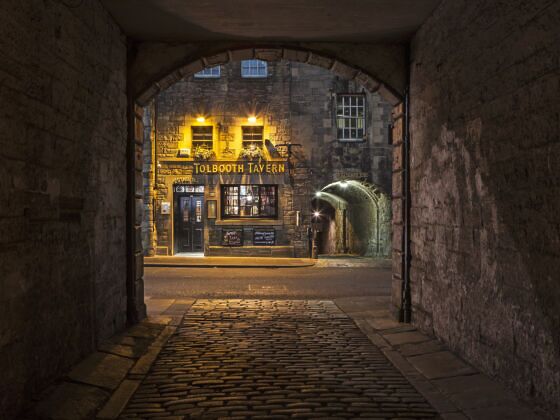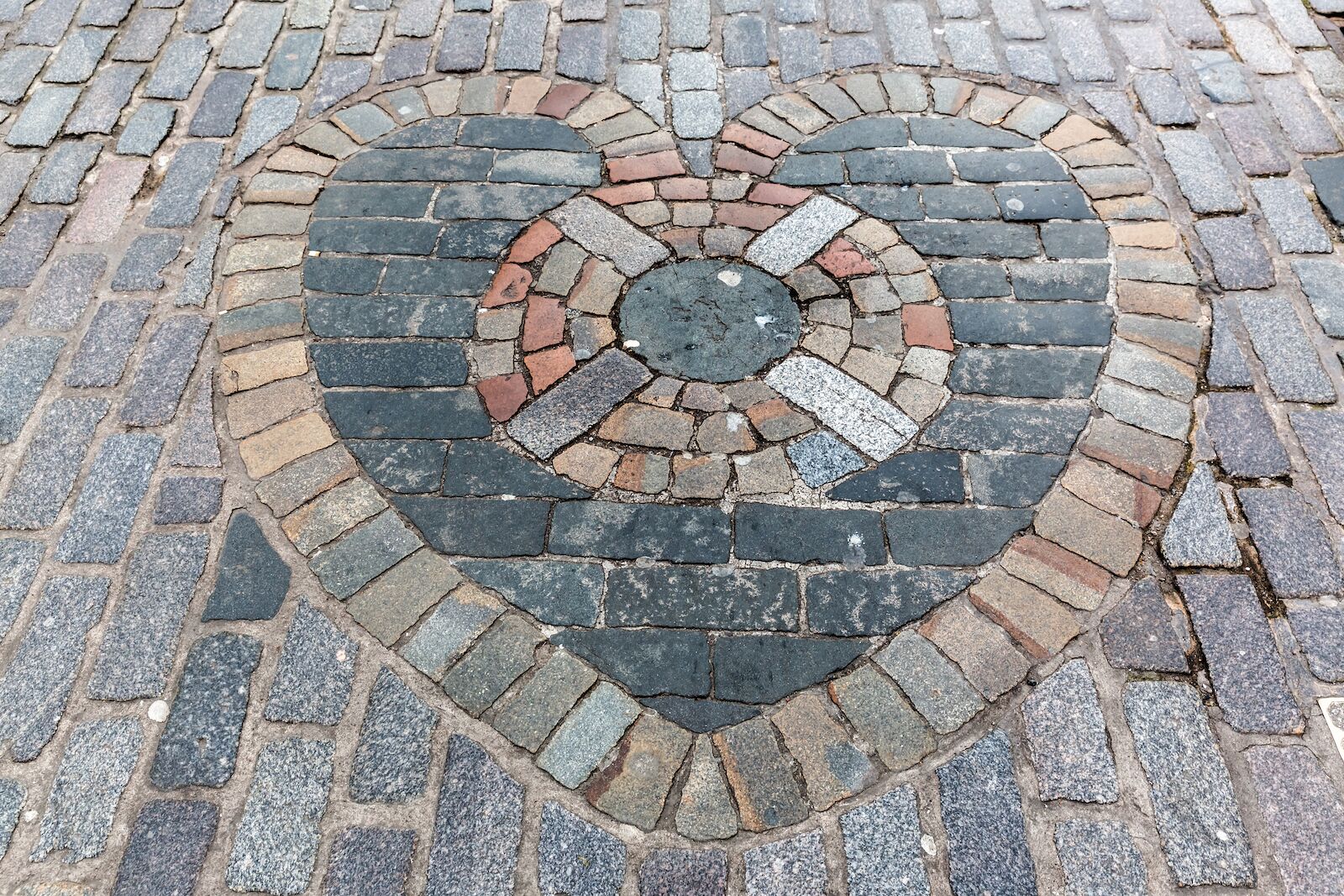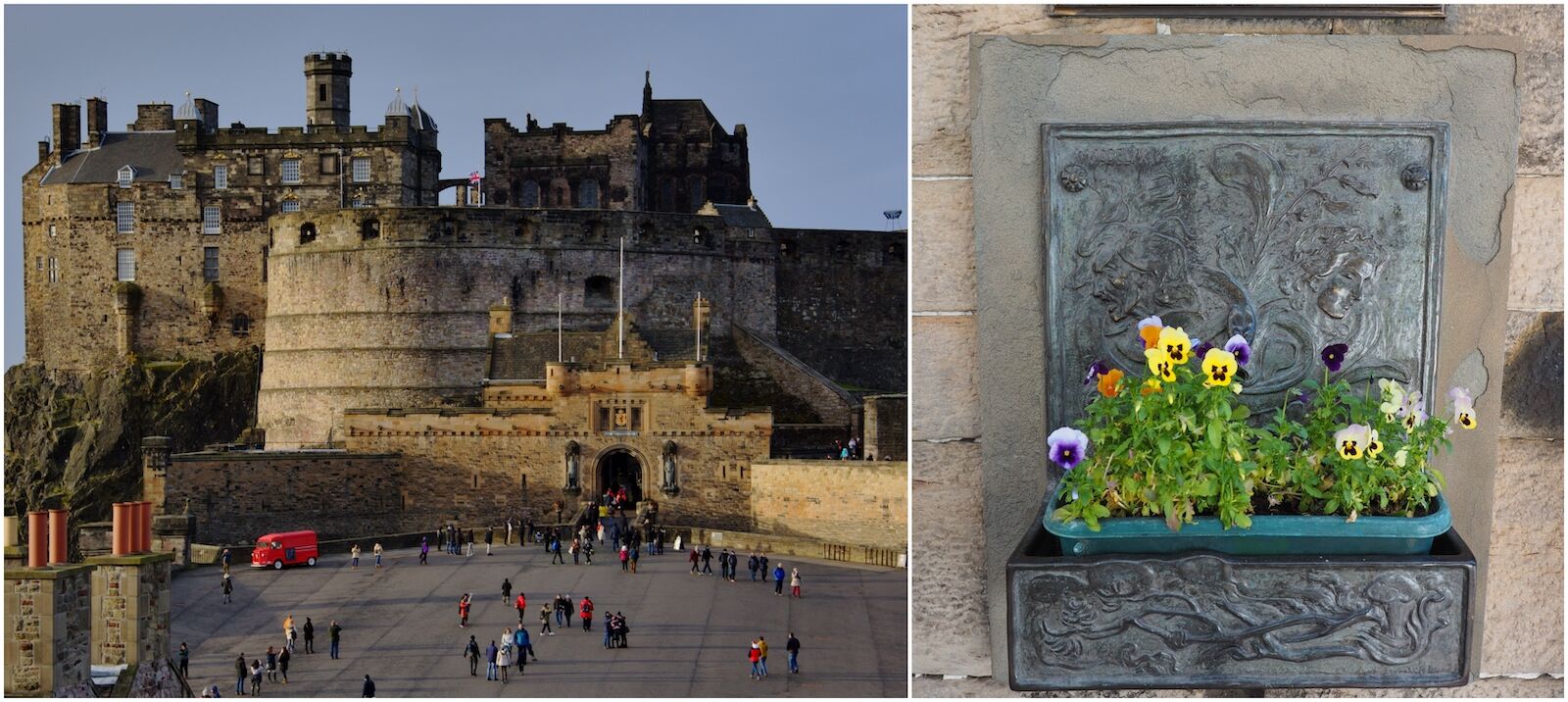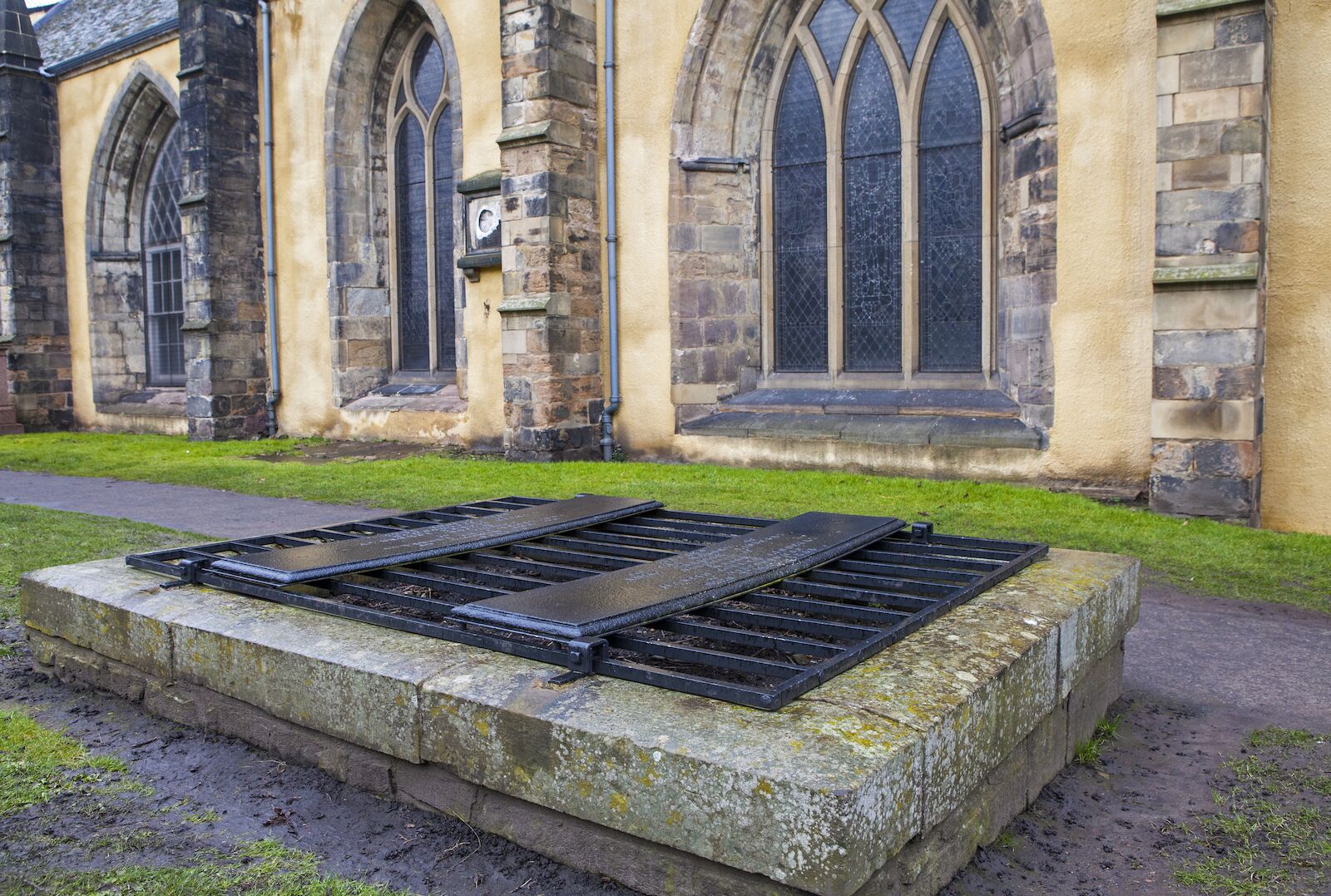With its looming 18th-century buildings, narrow, twisting streets, and bloody past, the Old Town of Edinburgh has long been considered a place where history, with all its ghosts and hauntings, stalks today’s streets. From old brothels to prisons, witch-burnings, body snatchers, and a book made from skin, the streets of Edinburgh are filled with the macabre and sordid. With a bit of planning and research, you too can see all the spookiest, seediest sites and peek into the history behind Scotland’s capital.
These are the scariest places in Edinburgh that you can visit.





